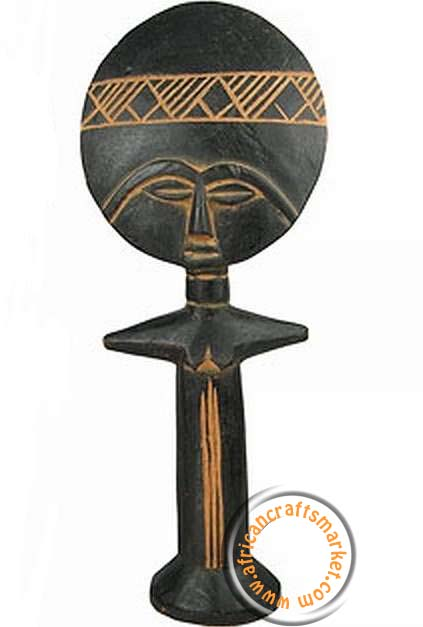"Breaking through the silence"
Acrylic on canvas, 24"x36"
Finally completed the painting. Painting is of musicians from Ghana ,
in their traditional attire .
Music has always played a huge part of Ghanaian society.In fact music
and dance is an integral part of everyday tribal life and is seen as a way
of preserving tribal identity.
Ghana has varied style of traditional music due to large variety of ethnic groups
across the country. Typically this music is played at traditional ceremonies
such as installation of Chiefs, annual traditional festivals, funerals, and in
performances at various ceremonies.
The popular musical instruments include a variety of leather,wood, gourd,
beads and string instruments. In my painting have included Djembe(drum),
xylophone, talking drum and flute.
Djembe ( as you can see in left bottom) is a goblet drum and is played with
drummer's bare hands. The drum's purpose and the meaning of it's name are
to 'gather everyone in peace' .
"Talking drum" is a white circle with a stick on it, in the top portion of the
painting. This is an hourglass shaped oldest instrument used by West Africans.
The pitch of this instrument is regulated to mimic the tone of human speech,
hence called "Talking drum".
Xylophone is a modern instrument which is just like a regular xylophone.
These are wooden bars on instrument and mallets are used to produce music.
The one unifying aspect of all different types of music is a strong dancing beat.
Any African music is guaranteed to fulfill the purpose of dance beats. Hence my
one more painting in this series will be of African dancers.


































